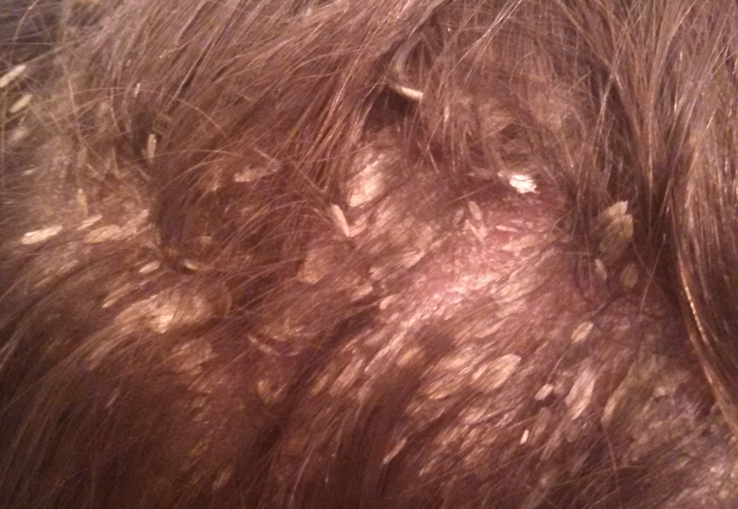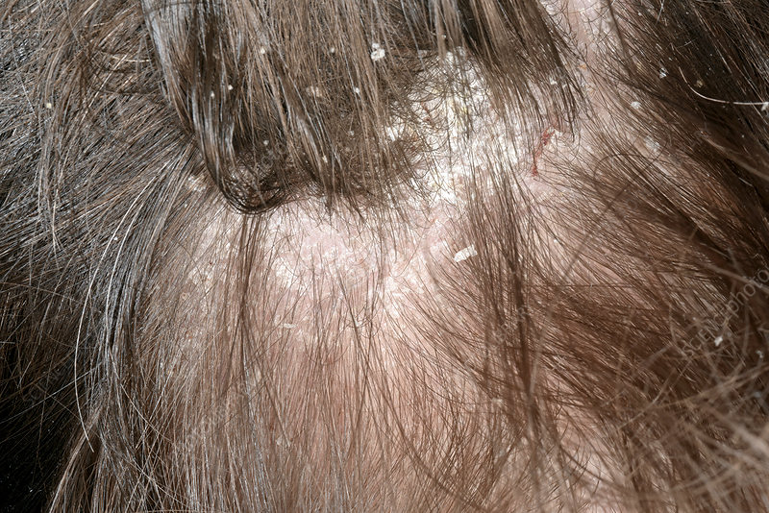
Seborrheic dermatitis, what is it?

Seborrheic dermatitis disease
Seborrheic dermatitis or seborrhea is a disease that appears on the skin of the face and head and causes dandruff. You will best recognize seborrheic dermatitis by being accompanied by redness and itching. Seborrhea can be of varying intensity. Seborrheic dermatitis is not the same as common dandruff.
Seborrheic dermatitis is a chronic and skin-unpleasant disease that most often causes the appearance of yellowish scales on the scalp. Seborrhea is mainly a change in the scalp in the form of a seal. The itching further causes the skin to peel, and scratching can create sores that can later sting.
How does seborrhea occur?
It is known that children of people who suffer from seborrheic dermatitis are more likely to inherit this disease themselves. Seborrheic dermatitis occurs when the process of renewal of the scalp cells is reduced, which can lead to peeling of the horny skin cells, which form flakes that are yellowish in color. Seborrheic dermatitis is known to be caused by irritation. The irritation is caused by the fungus malassezia, which grows on oily areas of the skin and causes microinflammation, which can cause your scalp to itch with great and unpleasant intensity.

When does seborrhea occur?
This disease occurs mainly in young people who are in their late twenties and early thirties and most often affects the male population. Seborrheic dermatitis is mostly present during puberty, when there is a change in the intensity of hormones. Other causes of seborrhea are: poor diet, stress, obesity, and many other factors.
What to do when you notice symptoms of seborrhea?
In order to avoid or keep seborrhea under control, it is necessary to consult a doctor. Your doctor will advise you to pay special attention to the care and general treatment of the scalp. It is necessary to use preparations or treatments prescribed by a dermatologist in order to get rid of itching and keep seborrhea under control.
So, seborrheic dermatitis is a skin disease that once you get it, you can't cure it. To keep it under control, scalp care is very important, as well as minimizing stress.












